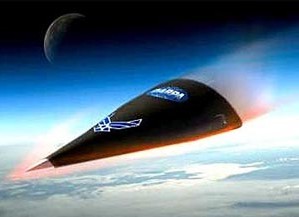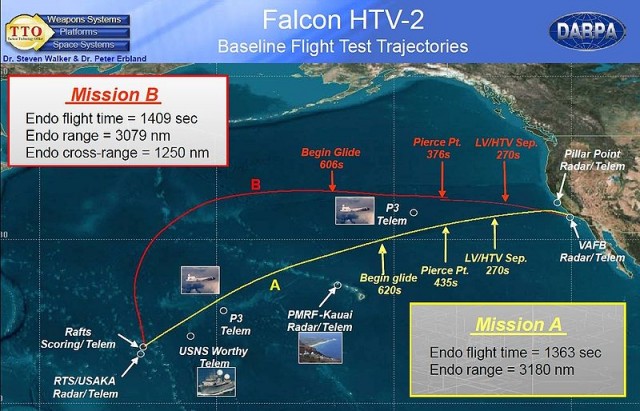Can aspects of Defense R&D be used against a country’s own citizens, by design or through foreign espionage?
—
By DefenseWeb.Za
This month, the Center for a New American Security (CNAS) released a report focusing on the attractive although elusive concept of game changing technologies. The report is part of a larger project called NeXTech, led by the U.S Department of Defense’s (DoD) Rapid Reaction Technology Office.
The project has consisted of interviews with leading experts on leading edge technologies, as well as in war games involving the US Army War College, the US Naval Postgraduate School and the US Naval Academy. The simulations involved people from the US DoD as well as foreign militaries and civilians.
In this report, Ben FitzGerald and Shawn Brimley point out several key issues concerning disruptive technologies. To begin with, let’s have a look at the author’s definition of a “disruptive” or “game changing” technology.
According to them, it is “a technology or a set of technologies applied to a relevant problem in a manner that radically alters the symmetry of military power between competitors. The use of this technology immediately outdates the policies, doctrines and organization of all actors.”
As we understand it, it is a shift from the prevailing paradigm. Such development gives headaches to strategist and military officers. The pace of technological innovations appears to have increased with the emergence of semiconductors.
In this area, the “Moore’s Law” states that the number of transistors on integrated circuits doubles every two years. The authors note that “if Moore’s Law hold true the way it has for the past 40 years, it presents immense complexity.
For instance, between the current review of the US defense strategy and the moment when the Quadrennial Defense Report will be published, we will see a doubling of the technological power and complexity of our processing chips, computer and all that is powered with them.”

In that respect, let’s just notice that the DARPA regularly awards contracts as part of the Technology Advanced Research Network (STARnet), a “nationwide network of multi-university research centers “focused on discovering solutions to the intractable problems that are forecast to lie in the future of integrated circuit progress and to lay the foundations for microsystems innovations once the improvements associated with Moore’s Law are exhausted” (sic).
A good example of disruptive technology was the proliferation of unmanned vehicles, ten years ago. With time they became “random” with 8,000 unmanned aerial vehicles and 12,000 unmanned ground vehicle present in the US armed forces.
However, CNAS’ experts insist on the fact that technological dominance “is a strategic choice.” During the cold war, it underlines that “the choice to optimize investments in fewer, better platforms eventually generated game changing capabilities.”
The author warns that since the collapse of the Soviet Union, such strategic choice is now “a matter of presumption.” Without any serious rivals, the unmatched technological edge and military superiority is now perceived as being in the nature of the US armed forces.
Over the past decades, many countries have “emerged” as military technology players, including China. Globalization is also a factor in the proliferation of advanced technologies. The NeXTech project identified several technologies that could be game changers.
Additive manufacturing (AM), which is an industrial way of production consisting of creating items layer by layer using lasers, is one of them. AM dramatically cuts the time between prototyping and serial production. It is also more flexible, since production lines can be adapted more rapidly.
The second type of disruptive technologies is autonomous systems. According to the report, it could be used in a broader range of military operation as well as intelligence activities. Directed energy weapons are also envisioned as revolutionary. These consist of weapon systems based on millimetre waves, high power microwaves, lasers, and electromagnetic pulses.
The main advantage of lasers is that there is no flight time between the shot and the target since the beam basically travels at the speed of light. Some serious limits exist though: bad weather (or humidity) considerably diminish the use of such technology, and it requires a considerable source of energy. It could be a powerful defensive tool against missiles.
The cyberspace was not forgotten since “as with most fame changing tech, cyber technology has blurred previously well understood boundaries, exposed vulnerabilities and created new threats and industry.”
The last game changer could be HPM, an acronym standing for Human Performance Modification. It consists of using drugs, techniques, machines or genes to enhance or degrade human performance. Concrete applications could be improving IQs or developing natural night vision. It is to be noted that several technological fields, which appeared to many A&D sector analysts as “disruptive” are not mentioned in the CNAS report.
Indeed, no mention is made of anti-satellite (ASAT) weapons, or about the possible implications of Boeing’s X-37 unmanned reusable spacecraft. In addition to those weapons of “outer space,” it appears that hypersonic missiles or aircraft would have deserved to be included in the report.
Those technological gaps will face various challenges: the decreasing level of R&D spending, the resistance of the military to new, unproven, revolutionary technologies.
To be certain that the US will keep its No.1 seat, the authors recommend that the Secretary of Defense issues an annual report on the state of defense R&D coupled with temporary or permanent subcommittees of the Senate and House Armed Services Committees tasked with overseeing the defense R&D spending.
To conclude they insist, once again, one the fact that “America’s privileged position in military technology is not an inherent right.”
Editing: Jim W. Dean
__________________________________
ATTENTION READERS
We See The World From All Sides and Want YOU To Be Fully InformedIn fact, intentional disinformation is a disgraceful scourge in media today. So to assuage any possible errant incorrect information posted herein, we strongly encourage you to seek corroboration from other non-VT sources before forming an educated opinion.
About VT - Policies & Disclosures - Comment Policy




